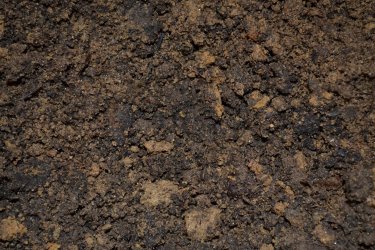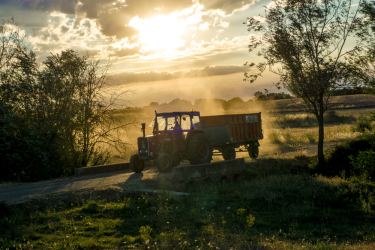By Jonathan Hill
Sustainability, from a number of perspectives, is now at the forefront of the dairy industry. Farmers recognising changes in consumer priorities, and who adapt and change accordingly, will thrive and prosper in the years ahead.
The good news is that sustainable milk production and profitable dairy farming are intrinsically linked. The main factors that drive sustainable production are the same as those that will influence farm profit. Essentially, if you are investing in the long-term sustainability of your business and that of the wider community, then the benefits will speak for themselves.
So, what are the main factors that will drive environmentally sustainable and profitable milk production? We’ve highlighted seven key areas below:
1. Feed Efficiency
Drive margins, not just output. The key to this is reviewing your margin over purchased feed on a regular basis. Identifying improvements in feed efficiency will help to increase profitability and simultaneously lower the environmental footprint of your dairy cattle.
2. Low Protein Diets
Striving for a balanced diet, which is made up of 16-17% crude protein, will help to support fresh cow milk production and good herd fertility. Lower use of purchased proteins is undoubtedly a positive and will instantly be reflected in your input costs. Not to mention the positive impact it will have on your carbon footprint.
3. Optimise Forage Quality
When cutting grass for silage, make sure to prioritise quality and not quantity. Improving the quality means that you’ll be less reliant on supplementary feeds.
This is just one more simple, yet efficient way to lower your carbon footprint and input costs.
4. Managing Cow Health
It goes without saying that a healthy cow is a profitable, and environmentally efficient, cow.
Treat lame cows promptly and use a foot trimmer regularly. Don’t forget to also monitor herd mastitis cases; a good target is below 25 cases per 100 cows.
And what about your mortality rate – is it below 5%? Long life cows will have a positive effect on lowering your carbon footprint.
5. Fertiliser Use
Challenge how, when and if you need to use imported fertiliser. For example, are you making full use of your home-produced manures? Reducing imported fertiliser use will be financially and environmentally beneficial to the business.
It’s also advisable to prepare a nutrient plan for every field based on the soil indices.
Make sure to test your soil’s pH regularly to ensure optimal uptake of applied nutrients and test your organic manures to have accurate information to use in your nutrient plan.
6. Good Soil Health
To optimise your forage production, good soil health is critical. Consider methods such as reseeding grassland to improve the sward and soil aeration. Remember the value in improving the organic matter in your soils too.
Gaining an improved understanding of your soils will offer greater opportunity to drive yields, make better use of fertiliser inputs and lock carbon.
7. Manage Heifer Numbers
Dairy replacement heifers contribute emissions from feed and manure, without contributing to milk production.
It is therefore important, both financially and sustainably, to not carry excess numbers and target calving a robust animal close to two years of age.
At Promar, our Farm Business Consultants have a track record of working with dairy farmers who produce environmentally sustainable and profitable milk. Let us help you to ensure you do too.








